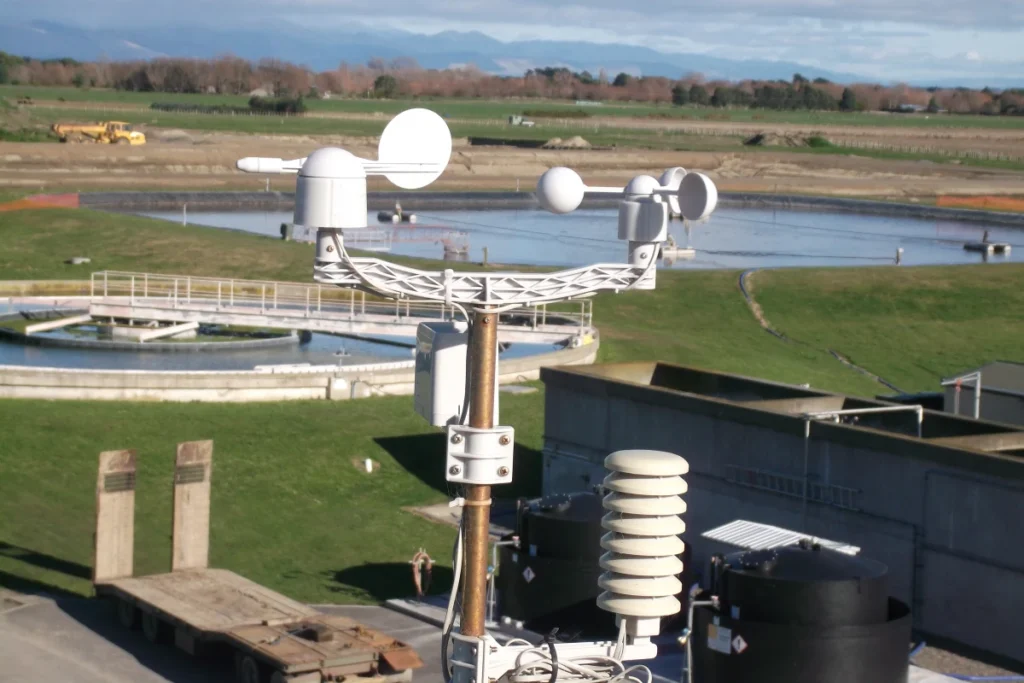
。
# Anemometer Definition and Its Applications in Meteorology
## What is an Anemometer?
An anemometer is a device used to measure the speed and direction of wind. It is an essential tool in meteorology, providing critical data for weather forecasting, climate studies, and various industrial applications. The term “anemometer” is derived from the Greek word “anemos,” meaning wind, and “metron,” meaning measure.
## Types of Anemometers
There are several types of anemometers, each designed for specific applications and environments. The most common types include:
– Cup Anemometers: These consist of three or four cups mounted on horizontal arms, which rotate as the wind blows. The speed of rotation is proportional to the wind speed.
– Vane Anemometers: Also known as windmill anemometers, these devices have a propeller or a set of blades that rotate in response to wind. They often include a tail to measure wind direction.
– Hot-Wire Anemometers: These use a heated wire or element, and the cooling effect of the wind is measured to determine wind speed. They are highly sensitive and used in research and laboratory settings.
– Ultrasonic Anemometers: These measure wind speed and direction using ultrasonic sound waves. They are highly accurate and used in advanced meteorological applications.
## Applications of Anemometers in Meteorology
Anemometers play a crucial role in meteorology, providing data that is vital for understanding and predicting weather patterns. Some of the key applications include:
– Weather Forecasting: Accurate wind speed and direction measurements are essential for predicting weather conditions. Anemometers provide real-time data that helps meteorologists make informed forecasts.
– Climate Studies: Long-term wind data collected by anemometers is used to study climate patterns and changes. This information is crucial for understanding global warming and other climate-related phenomena.
– Aviation: Wind conditions are critical for safe takeoffs, landings, and flight operations. Anemometers are used at airports to monitor wind speed and direction, ensuring the safety of aircraft and passengers.
– Renewable Energy: Wind turbines rely on consistent and accurate wind data to optimize energy production. Anemometers are used to assess wind resources and determine the best locations for wind farms.
– Environmental Monitoring: Anemometers are used in environmental studies to monitor air quality and dispersion of pollutants. Wind data helps in understanding how pollutants spread and impact the environment.
## Conclusion
Anemometers are indispensable tools in meteorology and various other fields. By providing accurate measurements of wind speed and direction, they enable us to better understand and predict weather patterns, study climate changes, and ensure the safety and efficiency of numerous applications. Whether it’s for weather forecasting, aviation, or renewable energy, the data provided by anemometers is crucial for making informed decisions and advancing our knowledge of the natural world.
Keyword: anemometer definition